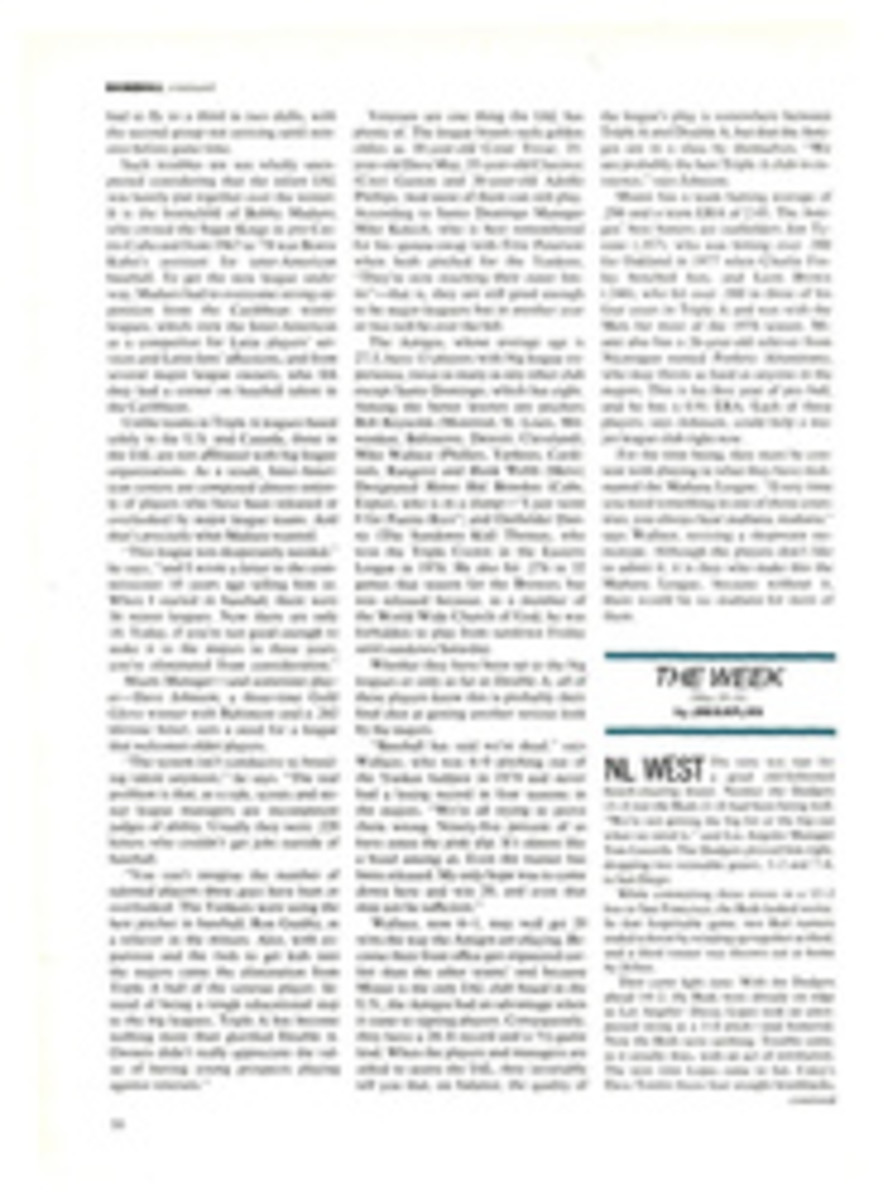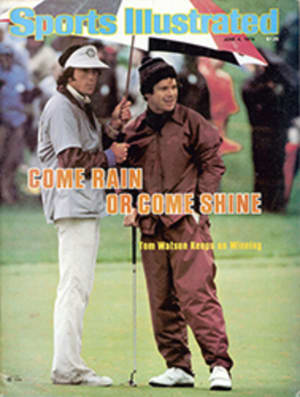
WANT TO GET INTO HARNESS RACING? ONE WAY IS TO ENROLL AT OHIO'S ATI
Situated just off Route 250 in Wooster, Ohio is a narrow, brick-and-glass structure with hay bales protruding from behind. Except for the hay, the place looks like the offices of a computer company. It isn't. It's a school where, on one recent morning. Greg Sautter sat in his classroom listening to seniors present oral reports. Students slumped at their desks, booted feet stretched into the aisles. A faint yet persistent odor wafted through the room.
"Dudley's learning to relax coming off the track," drones one student. "He doesn't have much pace, though."
Sautter interrupted, "Well, remember the Melvin's Woe filly last year...."
Horses. That's the permeating smell as well as the all-encompassing subject matter. The class is part of the Horse Production and Management Department of Ohio State's Agricultural Technical Institute. ATI has no campus to speak of, just the lone classroom building and—down the road at the Wayne County Fairgrounds—half a dozen barns full of animals. The nine-year-old college offers an associate's degree in soil management and livestock studies. The horse department is ATI's biggest drawing card and. though an equitation program is available, it is the harness-racing classes that lure hopefuls from states as far away as California.
Under the direction of Sautter and five other teachers, the two-year, junior-college program includes required courses in math, English and chemistry besides providing a combination kindergarten-prep-school apprenticeship for hopeful trainers. Students, some of whom have never seen a horse before, learn equine anatomy, nutrition and shoeing as well as basic stall mucking. "We teach the study of the total horse," says Sautter.
Anyone interested in earning a living in the horse-racing business must first learn the rudiments somewhere, and without a program like ATI's, aspiring horsemen can only hunt for the lowliest stall-sweeping work and hope for that big break. In the racing world, that usually happens with glacial speed. ATI doesn't guarantee any student a career as a trainer, but, says Sautter. "We offer him a way to begin a little higher and progress a lot faster." ATI grads have done just that, landing beginning trainer and driver positions in stables belonging to Billy Haughton. Stanley Dancer and a score of other respected horsemen.
To prepare for those jobs, students first must learn the basic work done in any racing stable. At ATI, 28 standardbreds and twice as many undergraduates begin their day at seven. Students pick out hooves, soap leather, rub sore legs. They learn to jog the horses around a half-mile track and to keep meticulous charts of each animal's daily condition, medication and training routine. Though Sautter is around to offer advice, student barn managers are assigned to maintain order and supervise a work schedule that goes on until the evening's last feeding.
Such arduous days are a new way of life for most ATI scholars. In fact, exhaustion contributes heavily to the program's 40% drop-out rate during the freshman year. "It's easy for someone to say he loves horses if he's never had to feed them on weekends or take care of a sick one on Christmas," Sautter says. "This is the place to find out if he can handle it."
Students who remain in ATI's harness program soon learn to build their days around horses. If their charge is racing out of town, understanding profs often excuse them from a math or chemistry class. Skipping school to see a horse race may sound like cutting classes to go fishing, but at ATI it's part of the exploration of the total horse.
Not that the school makes going to the races all that easy. For one thing, the ATI horses are rather nondescript creatures. "We tell these kids anyone can win with a good horse," says Sautter, "but if you can make something of a poorer one, you're a real horseman." All standardbreds in the barn belong to outside owners who opted to have them student-trained rather than shelling out to an established professional. Though it's a risk, the growing faith in ATI's program is shown by the steadily increasing number of horses under the school's care.
There is, however, some resentment toward the "horse classroom" by some oldtimers in the harness-racing industry, men who came up the hard way, learning to race with their father's buggy and farm horses. "They'll tell you, 'Schooling is O.K., but our way is better,' " Sautter says. "Well, there's a response to that: How many buggies and farm horses are available today? What about city kids who've never been near a horse? Go ask some trainer how many people he'd hire who have never put a harness on a horse before."
Despite this pocket of resistance, ATI's reputation and status are growing. At nearby Scioto Downs, students claim mere mention of the school can lock up a job in minutes. And Sautter is confident that his program's graduates will continue to command attention and respect. "People recognize only results," he says. "That's why we race our horses. If all we do is talk, why should anybody believe us? This way, they see for themselves what we can do."
Additional information on ATI's harness-racing program is available from Greg Sautter, Agricultural Technical Institute, Wooster, Ohio 44691.

